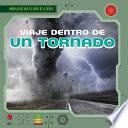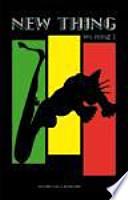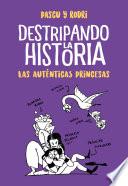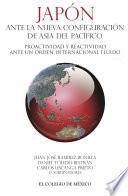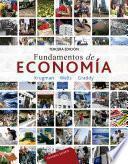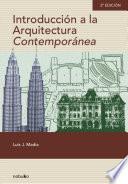¿Qué significa ser programador? (What's It Really Like to Be a Coder?)
Resumen del Libro
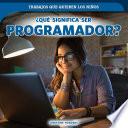
Coders are one of the reasons our computers, tablets, and smartphones can do things we couldn't have even imagined just a few years ago. It's no surprise that coders are in high demand right now and that isn't likely to slow down. Readers will learn about the basics of coding and how to turn their creative ideas into reality on the computer screen. They'll also understand why coding will become even more important as technology continues to grow and change. Colorful photographs showing the roles and education of a coder provide readers with an easy way to envision themselves in this fascinating job.
Ficha del Libro
Total de páginas 24
Autor:
Categoría:
Formatos Disponibles:
PDF, EPUB, MOBI
Descargar Libro
Valoración
5.0
92 Valoraciones Totales
